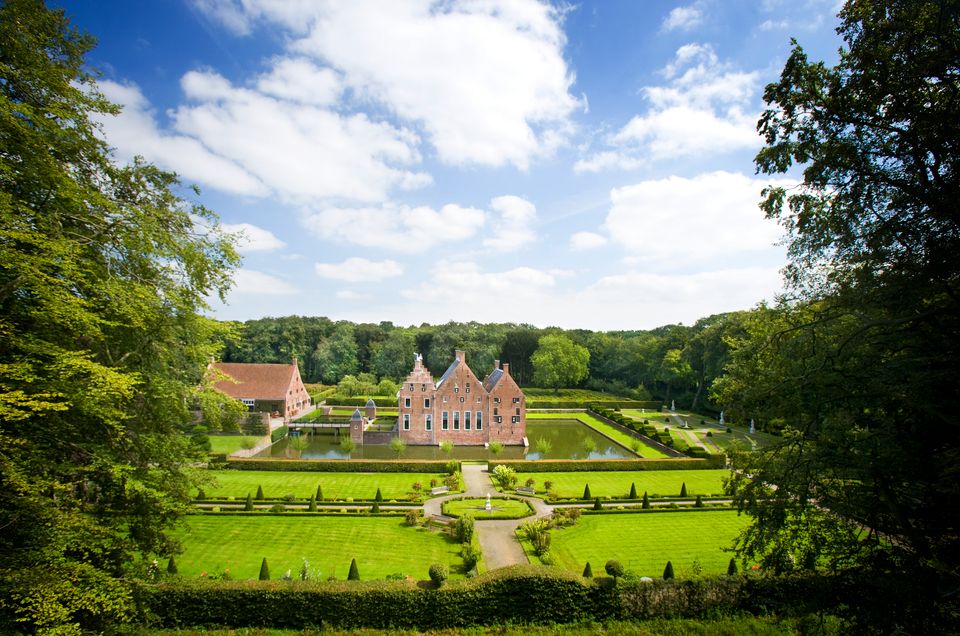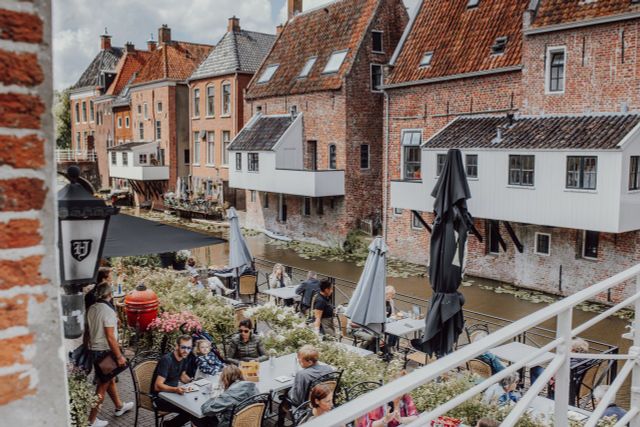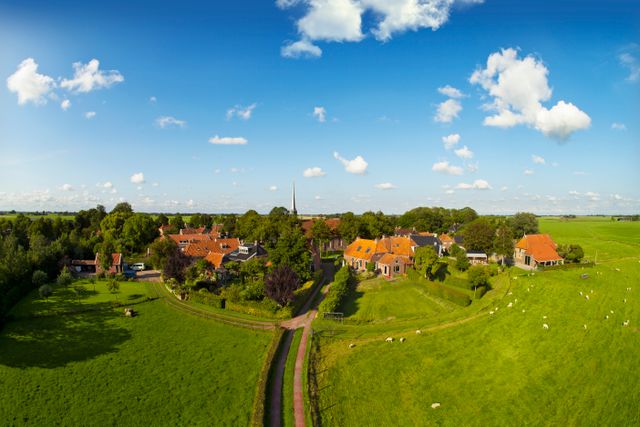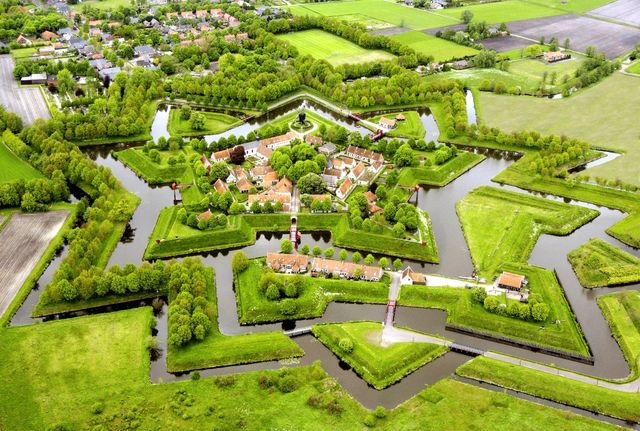Groningen estate houses
How noblemen used to live
Surrounded by trees and some with a moat, you can see regal houses surrounded by fields. These are Groningen manors where noble families lived a few centuries ago. Over a hundred of them once dotted the province, only 16 of which have made it through the centuries. Luckily, some of the best specimens were retained, which are now the province’s showpieces.
Fraeylemaborg
When visiting the Fraeylemaborg, head out for the back of the garden for a lovely walk before entering the house. Halfway, you will see a bus; one of the follies you will find on this estate. The manor originated in the Middle Ages, and its current design dates from 1781. The halls and plastering are all in the style of Louis XVI, which was all the fashion at that time. The former coach house has been converted into a museum shop with exhibition spaces. After a lovely walk in the estate gardens, enjoy a cup of coffee in the treasury.
Read more
Menkemaborg
So if you would like to know how Groningen nobility lived and breathed in the 17th and 18th century, be sure to go to the Menkemaborg in Uithuizen. Its interior has not changed at all since those days. Originally a 14th-century manor house, over time it developed into its current Baroque splendour. The gardens between the moats have basically remained unchanged. In July, the rose tunnel flowers abundantly and fragrantly and the maze is a lovely place to get lost in. The garden had more than just an aesthetic function: after all, the nobility had to eat as well. You’ll find many fruit varieties in the orchard. Behind the treasury – the former farm next to the manor house – is a large vegetable kitchen garden.
Read more
Nienoord
Nienoord is really the outsider in this list. This is not originally an estate house, but instead a peat estate which was founded in 1525 by Wigbold van Ewsum. He used it as a base to cultivate the surrounding peat moors. The house suffered great hardships due to weather conditions, strong winds and war. In 1846 nobleman Ferdinand Folef van Inn- und Knyphausen set fire to the upper floor – it’s uncertain if this was deliberate. A few years later, the orangery and coach house met the same fate, and it was rumoured that this too must have been the work of the mad squire. Since 1958, the Nationaal Rijtuigmuseum has been established in this country house. The garden features the Schelpengrot: a cottage, the interior of which is entirely covered with shell mosaics. The country estate also includes a deerpark, a swimming pool and the Familiepark Landgoed Nienoord. Perfect for children!
Read more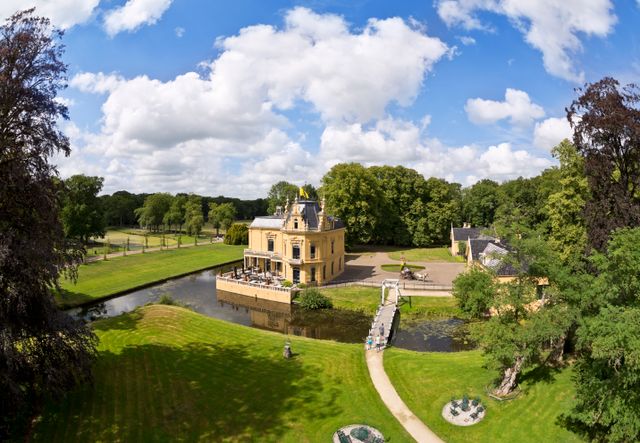
Verhildersum
Go to the Landgoed Borg Verhildersum in Leens for that 19th-century feel. This Groningen manor was built as a stone house, and the country estate includes various buildings, such as the coach house and a working class cottage. Each building used to have its very own name and function. Borg Verhildersum was and is all about rural farm life. In and around the museum farm, visitors can see how nobility lived alongside the farmers and workers from the time of sowing until harvesting. The regional market, which is held every third Saturday of the month, interweaves the flavours and atmosphere of the past with the present.
Read more
Wedderborg
As you approach the Wedderborg, it is immediately obvious that this must have been a ‘real’ castle. It endured the occasional war, and in the 15th and 16th century had a circular wall with high defence towers. For centuries, the Wedderborg served as the seat for the Lords of Westerwolde. In 1619, it came into the ownership of the city of Groningen, which in 1829 planned to demolish it. Fortunately these plans never came to pass, and notary Arnold Hendrik Koning bought and renovated the manor. The Koning family owned it until 1955. Today it functions as special holiday accommodation for children and young people. Adults are welcome to stay in one of two stylish heritage guest rooms. Enjoy a lovely stroll in one of the beautiful gardens.
Read more
More manors
If you would like to see more manors, go to groningerborgen.nl.
